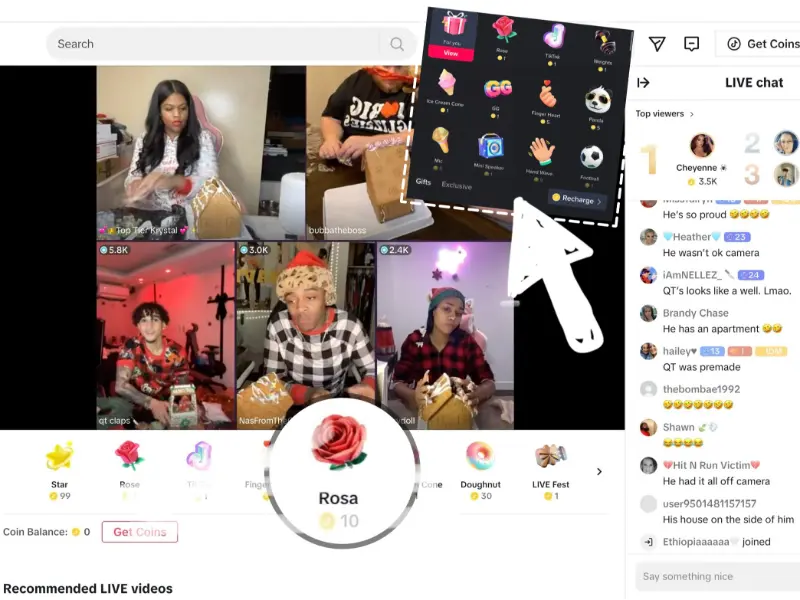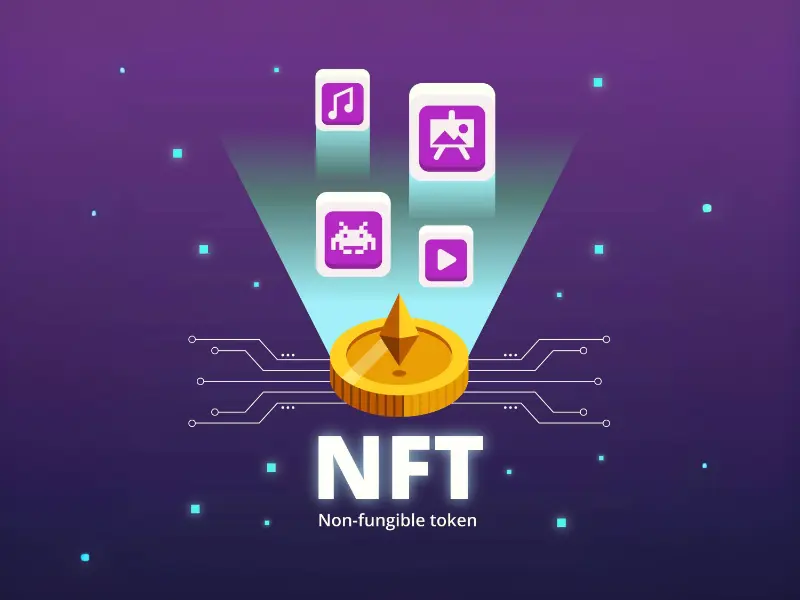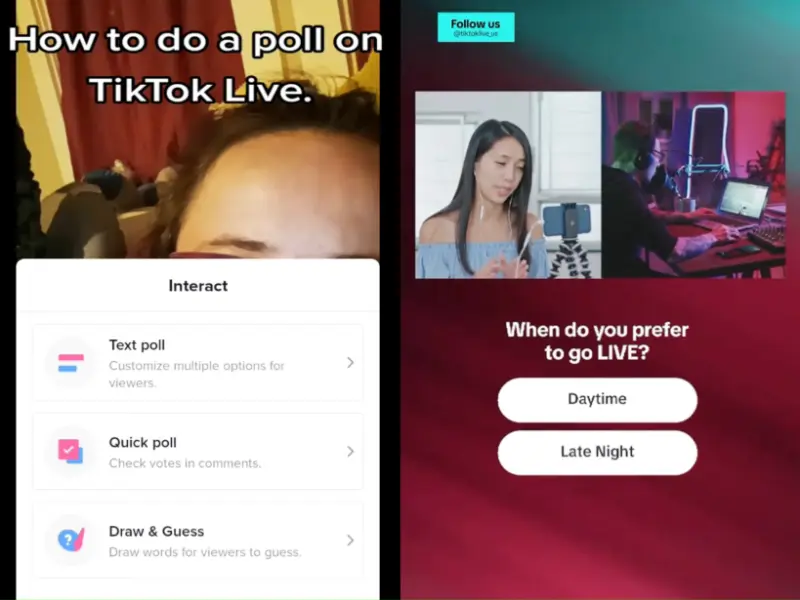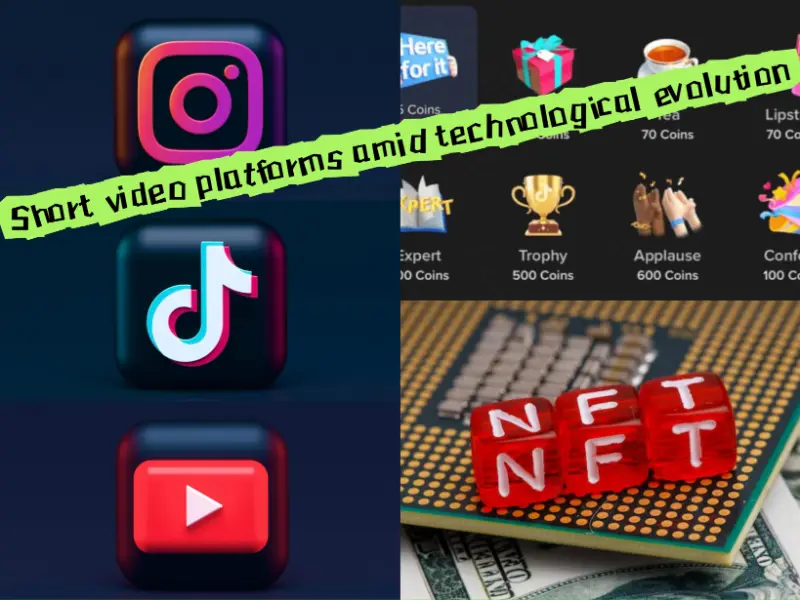- Short video platforms have sparked a transformative revolution, requiring influencers to strike a balance between content creation and commercialization.
- As influencers gain popularity, the inevitable shift to ads and sponsored content poses challenges in maintaining authenticity.
- Innovations like NFTs, virtual goods, and interactive features provide influencers with unprecedented opportunities to diversify revenue streams.
In the fast-paced world of content creation, short video platforms have spearheaded a transformative revolution. The explosive growth of these platforms has brought both opportunities and challenges for influencers.
Picture this: in the blink of an eye, the landscape has shifted, and influencers find themselves walking a tightrope between content creation and commercialization in this digital era.
The early stages: Emphasis on content creation
In the nascent stages, influencers focused on crafting authentic, engaging content to captivate audiences. Early Social media platforms adopted an organic growth strategy with an unwavering commitment to audience engagement and a genuine connection with their fans.
Take, for instance, YouTube sensations like Jenna Marbles and Ryan Higa emerged as trailblazers, leveraging their unique personalities and unfiltered storytelling to capture the attention of millions. Jenna’s comedic sketches and Ryan’s thought-provoking narratives exemplified the era’s commitment to originality and relatability, fostering a deep connection with viewers.
The organic growth strategies weren’t solely about content; they were about community. In the early evolution of short video platforms, TikTok‘s success lies not only in viral content but also in its unique “For You” page algorithm, encouraging collaborative trends and challenges. The platform’s emphasis on user participation and real-time interactions in the comments fosters a vibrant global community, illustrating that organic growth is intricately tied to the strength of community engagement.
These examples underscore the pioneering spirit of influencers in the early stages, emphasizing their dedication to audience engagement. It wasn’t just about gaining followers; it was about creating content that resonated on a personal level, setting the tone for the evolving landscape of short video platforms.
Also read: China’s e-commerce superpower: Wacky viral videos and care-free influencers

Commercialization creeps in: The balancing act begins
As influencers gained popularity, the shift from pure content creation to the integration of ads and sponsored content became inevitable.
In the trajectory of influencer evolution, the inevitable shift from pure content creation to a landscape sprinkled with ads and sponsored content has become a defining characteristic.
A prime illustration of this transition is evident in the journey of some lifestyle bloggers who initially gained recognition for their genuine and relatable content. As their follower count soared, so did the opportunities for brand collaborations.
However, as their popularity rises, it becomes a challenge to perfectly incorporate travel gear sponsorships without compromising on the sincerity that initially attracted their audience.
Or some beauty bloggers, initially lauded for their authentic product reviews and make-up tutorials, faced the challenge of introducing sponsored cosmetics without appearing disingenuous. The audience’s perception of their authenticity became crucial, requiring strategic integration of sponsored content to align with their established image.
These examples underscore the challenges influencers encounter as commercialization becomes an integral part of their content creation journey. Maintaining authenticity amid monetization pressures is not just a struggle but a strategic imperative.
Strategies for balance: Technological advancements
The rapid progression of technological advances has opened up a new frontier of possibilities for webcasters, presenting innovative strategies to harmonize content creation with commercialization.
Virtual and digital goods, NFT technologies, interactive features and direct payment models have all had a transformative impact on how creators monetise their content.
This changing landscape not only signifies a shift in how influencers approach monetization but also provides unprecedented opportunities for diversifying revenue streams, marking a dynamic evolution in the intersection of content creation and commerce in the realm of webcasting.
Also read: Elon Musk to integrate xAI with X in preparation for ‘AI age’

Leveraging virtual and digital goods for community engagement and revenue growth
Virtual and digital goods, ranging from in-app purchases to interactive elements, offer novel avenues for audience engagement and revenue generation and offer novel avenues for audience engagement and revenue generation.
One example of how virtual and digital goods offer novel avenues for audience engagement and revenue generation can be seen in TikTok’s use of in-app purchases and interactive elements.
TikTok’s organic growth strategy involves cultivating a community of advocates and encouraging the creation of authentic, unpaid content. The platform’s unique features, such as instant comment replies and the ability to engage with trends, contribute to the platform’s emphasis on community engagement as a key aspect of organic content strategy.
Additionally, TikTok offers virtual goods such as in-app purchases and interactive elements that allow creators to monetize their content and engage with their audience in new ways.
For example, TikTok’s “Live Gifts” feature allows viewers to purchase virtual gifts for their favorite creators during live streams, providing a new revenue stream for creators and a way for viewers to engage with their favorite content creators.
Also read: Is it all about the money? How NFT gaming’s principal appeal could also be its downfall

NFT technology: Reshaping ownership dynamics and monetization avenues
The advent of NFT technology introduces a decentralized and secure framework for creators, reshaping ownership dynamics and potential monetization avenues.
Rebecca Hartford, a PR professional and PR assistant at RayCo Media, shared with btw media that “NFT is the underlying technology where transactions and use of that asset are recorded, cannot be changed, trustless, and permanent.”
NFT is the underlying technology where transactions and use of that asset are recorded, cannot be changed, trustless, and permanent.
Rebecca Hartford, a PR professional and PR assistant at RayCo Media
The emergence of NFT technology has introduced a decentralised and secure framework, reshaping ownership dynamics and potential monetization pathways.
NFT, which stands for irreplaceable token, is a unique digital asset that represents the ownership of a specific item, artwork, music, video, virtual real estate, or other form of digital content on a blockchain.
It brings several benefits to creators:
First, ownership is decentralised and not controlled by any single entity, providing a new level of freedom and control for creators and collectors.
Emma Byrne, a PR professional and executive at Wachsman, conveyed to btw media: “NFT technology changes the way we make royalty payments, ensuring a fairer distribution of royalties for creators.”
Individuals can support their favorite creators by purchasing these songs and album NFTs, digital art NFTs, ticket NFTs, video NFTs, autograph NFTs and so on, which also provides bloggers with potential financial benefits.
Second, NFT utilises blockchain technology to verify the authenticity and ownership of digital assets, eliminating the risk of fraud and forgery. Once an NFT is created, ownership is recorded on the blockchain, ensuring that creators receive royalties when their digital assets are resold.
In addition, NFT gives content creators the ability to monetise their work directly, without relying on intermediaries or traditional distribution channels. NFT can also be used to provide exclusive memberships and access to premium content, boosting loyalty and generating revenue.
In virtual worlds and blockchain-based games, NFT stands for virtual assets such as virtual real estate, game items, and characters. Players can trade, buy, and sell these NFTs to monetise their game assets.
Finally, it also marks the initial stride towards the metaverse – where tokenization becomes a fundamental aspect. The metaverse represents the upcoming frontier of social media and potentially, life overall.
Pop quiz
Which of the method is not mentioned in the integration of interactive features in content creation?
A. Live polls
B. Q&A session
C. direct payment models
D.AR
The answer is at the bottom of this article.

Interactive features and direct payment models: Deepening audience connections
In the realm of content creation, the integration of interactive features plays a pivotal role in fostering profound connections between creators and their audiences. Live polls and Q&A sessions have emerged as powerful tools, enabling real-time engagement and interaction.
These features not only invite audience participation but also provide creators with valuable insights into the preferences and interests of their viewers. By actively involving the audience in decision-making processes or discussions, creators can tailor their content to meet the evolving expectations of their community, establishing a dynamic and responsive relationship.
Simultaneously, the advent of direct payment models has revolutionized how creators monetize their content. This model empowers creators to offer exclusive content or experiences directly to their audience for a fee.
Whether it’s premium tutorials, behind-the-scenes access, or personalized shout-outs, direct payment models allow creators to provide unique and personalized offerings. This direct transactional relationship not only enhances the creator’s revenue stream but also strengthens the bond between creator and audience.
Fans, in turn, gain a sense of exclusivity and a deeper connection by supporting their favorite creators through direct payments.

Challenges and opportunities ahead
As influencers traverse the evolving terrain of monetization models, a myriad of challenges surfaces on the horizon. Adapting to rapidly evolving frameworks poses a substantial hurdle. The integration of new technologies and platforms demands not only technical acumen but also a strategic vision to align personal brand narratives with emerging trends.
Navigating these changes without losing the essence of authenticity that audiences cherish becomes a delicate challenge, as influencers must strike a balance between commercial partnerships and maintaining a genuine connection with their followers.
Furthermore, increased competition in the digital sphere amplifies the difficulty of standing out. As more influencers vie for attention, breaking through the noise demands unparalleled creativity and a nuanced understanding of the audience’s evolving preferences. The pressure to consistently produce high-quality, engaging content in a saturated market becomes a perpetual challenge.
However, within these challenges lie unprecedented opportunities. The evolving landscape provides influencers with a canvas to diversify their revenue streams. Those who adeptly navigate the challenges find themselves at the forefront of innovation, embracing new technologies and carving niches in emerging markets.
Collaborations with brands take on new dimensions, offering influencers the chance to not only monetize but also contribute to the development and refinement of cutting-edge products and services.
The future of influencer marketing presents opportunities for influencers to become pioneers in defining industry standards. Platforms and technologies may evolve, but the timeless essence of storytelling and connection remains. Empowering influencers to diversify their revenue streams is not just a response to challenges; it becomes the catalyst for sustained success in this ever-changing landscape.
As influencers navigate these challenges and seize the opportunities presented, they become architects of their destiny, shaping the narrative of the next chapter in the dynamic world of digital influence.
The correct answer to the pop quiz is D. AR

